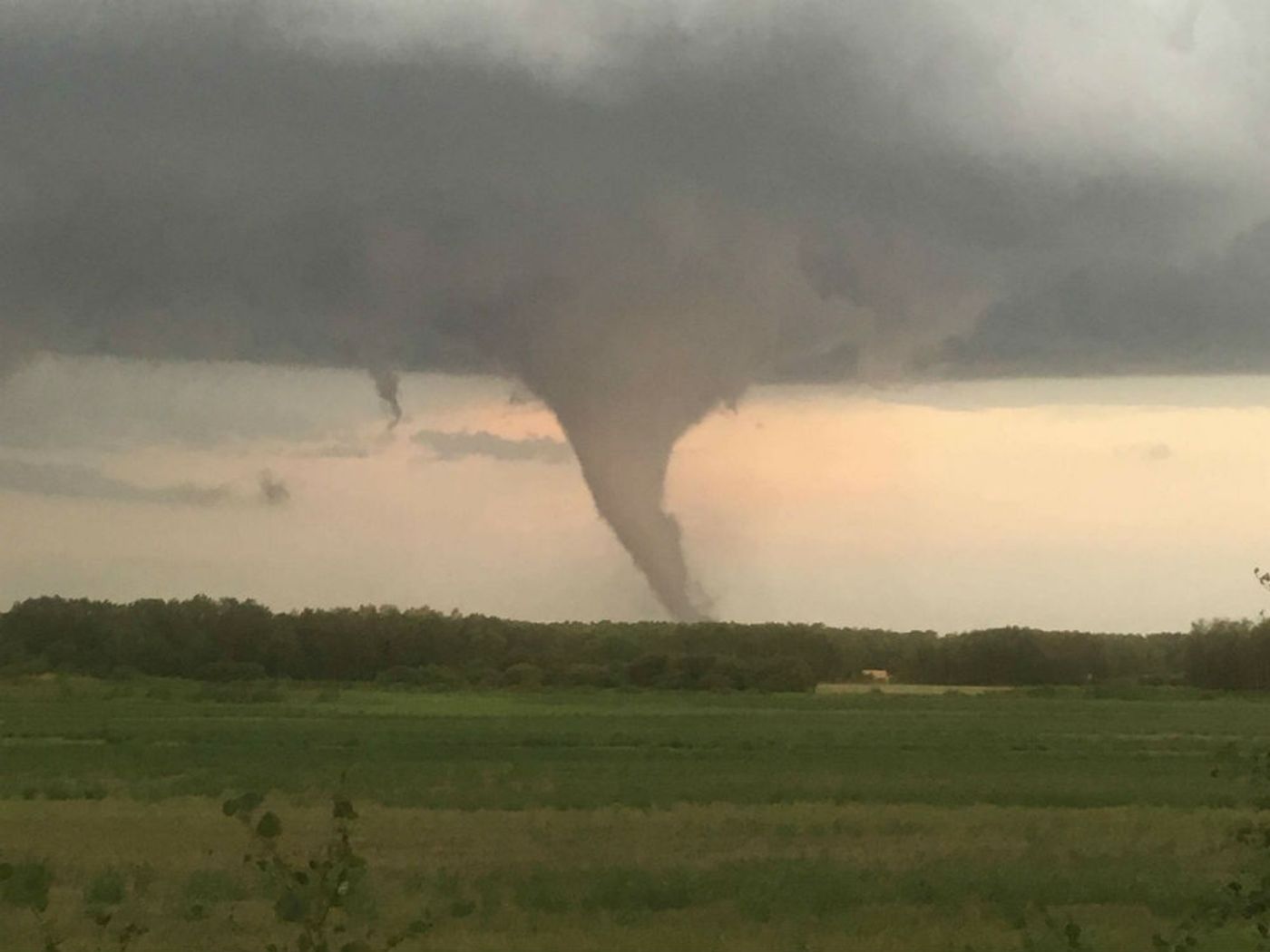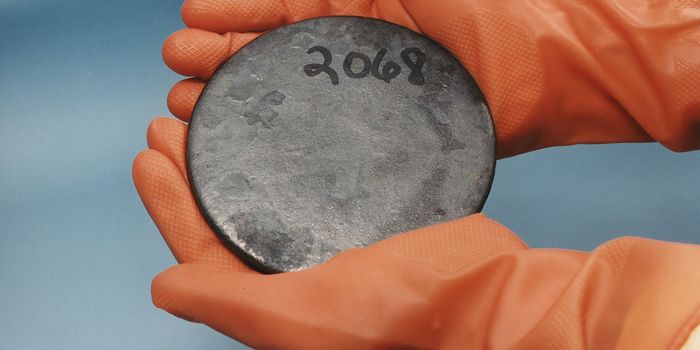What does Arctic sea ice have to do with tornadoes?
Research coming from a new study published in the journal Climate and Atmospheric Science suggests that that low Arctic sea-ice extent (SIE) may be correlated with extreme weather events such as tornadoes within the mid-latitudes. Over the past decade, the midwestern United States which is usually known for its severe tornadoes has experienced fewer tornado touchdowns. Atmospheric scientists from the University of Illinois at Urbana-Champaign and Purdue University think that this may be a consequence of global climate change and resulting atmospheric circulation changes.
"A relationship between Arctic sea ice and tornadoes in the U.S. may seem unlikely," said Robert Jeff Trapp, co-author of the study. "But it is hard to ignore the mounting evidence in support of the connection."
The evidence that Trapp is referring to is largely a combination of statistical analyses from almost three decades of historical weather and climate data. This data determined significant correlations between tornado activity and the extent of Arctic sea ice particularly during July, though it is still unknown why this month saw such significant correlations. Under their findings, the correlation between tornadoes and Arctic SIE has to do with the path of the jet stream.
Trapp explains that "Tornadoes and their parent thunderstorms are fueled by wind shear and moisture. When the jet stream migrates north,” as a result of retreating sea ice in the Arctic, “it takes the wind shear along for the ride, but not always the moisture. So, even though thunderstorms may still develop, they tend not to generate tornadoes because one of the essential ingredients for tornado formation is now missing."
Understanding this connection will hopefully improve atmospheric scientists’ ability to predict seasonal severe weather. "One of the reasons that we focused on sea ice is because, like the ocean and land, it is relatively slow to evolve," Trapp said. "Because sea ice and the atmosphere are coupled, the response of the atmosphere is also relatively slow. We can use this property to help make long-term predictions for tornadoes and hail, similar to the way predictions are made for hurricane seasons."
Sources: Science Daily, Climate and Atmospheric Science









